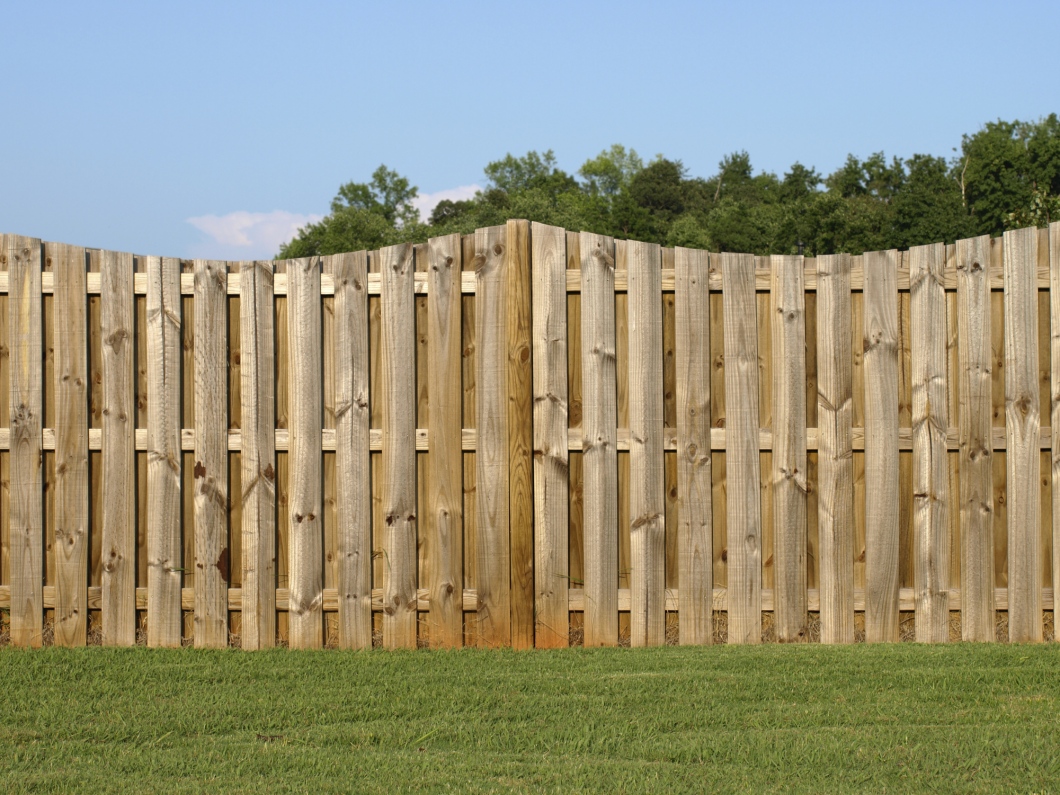There are a few things to consider before we install new fencing around our house. We should know about the purpose of our new fences and the styles and types we like. They type of the fence should do the task we need it to do and it should be reasonably affordable. It would be preferable if we can install the fence ourselves to minimize costs. There are various tools we need to prepare before we install fences, such as concrete mixing tub, extension cords, power saw and its plastic cutting blade, measuring tape, string line, long-handled shovel and post-hole digger. We may also need level and tripod if our property is on a sloped ground. Wrench will be needed to tighten clamp bolts, but it would be better to use socket and ratchet to save time. We shouldn’t also forget wearing work gloves and safety glasses.
We should be able to choose many different types of fencing, including PVC, plastic, aluminium, wood, chain link to name just a few. These fences have different abilities, so if we want to contain a huge pitbull, a soft plastic fence won’t work. However, chicken wire fence or any soft plastic roll fence should be adequate if we want protect our garden from small animals. It means, we should determine our purposes and choose the type of fence that could work well. PVC, steel and chain link fences are known for their high strength materials. PVC comes in different heights and it is durable and strong for most purposes. PVC also has long life and requires only occasional washing as maintenance. PVC fence should work well for corner posts, finials and locking gates. They could also be used for decorative accessories. Any handy homeowners should be able to install a PVC fencing and they could create nicely finished prodyct with a little time and effort.
Wood fencing comes in many heights and styles. Panels are usually 8-inch in length, so we may need some helps to handle these pieces. We may also need support posts in concrete when installing wood fencing. This can be modified by re-nailing and cutting for specific obstacles and shapes. Chain links are available in different colors, such as green, black and galvanized gray. They are also come in rolls with different sizes from 4-inch to 12-inch wide. We may need bottom, middle and top rails to fully support a chain link fencing, to keep things taut and straight.
When we use steel fencing, we may need special tool to form heavy-gauge wire loop ties. We need also a tool known as come-a-ling that can tightly stretch the fencing between posts before we tie it. There is different thickness (gauges) of wire and thicker ones can be the more expensive. It should be noted that thicker wire types typically have longer life span. Depending on the quality, type and thickness, fencing can be somewhat expensive, so we could use the cheaper soft plastic roll fencing. We may also use affordable fencing for temporary uses.

